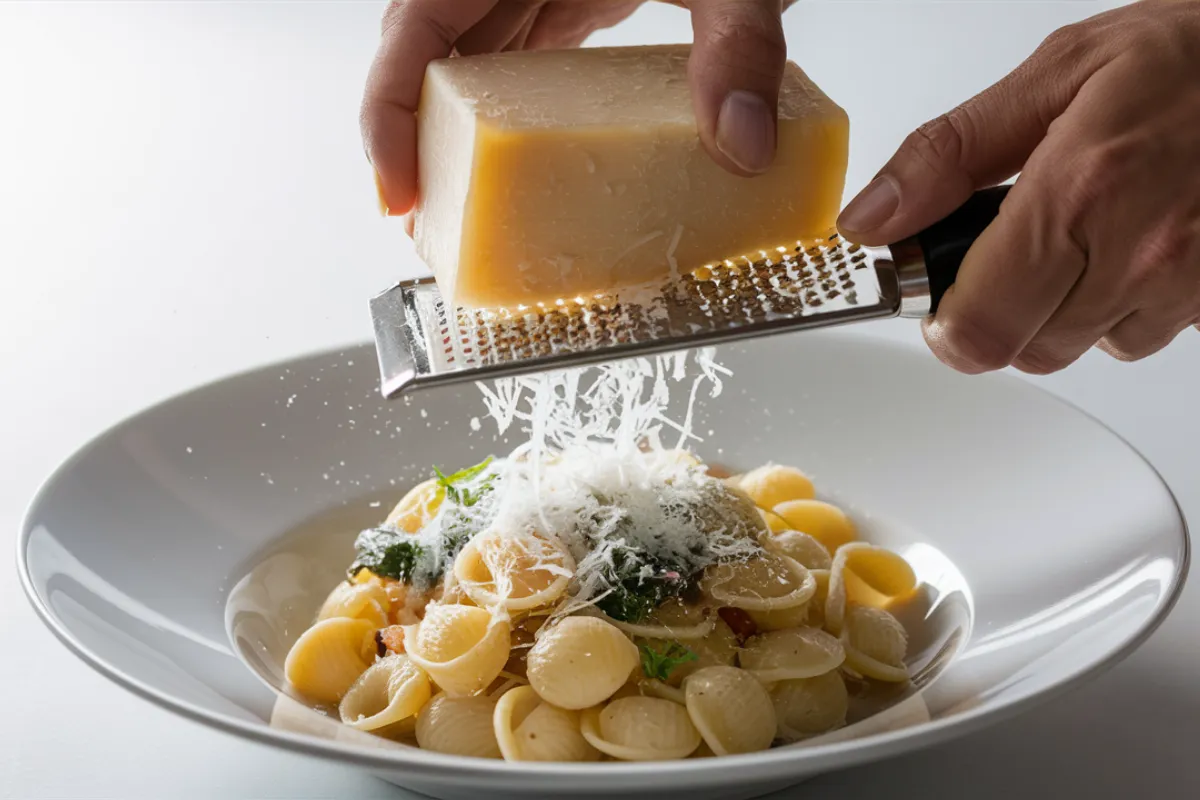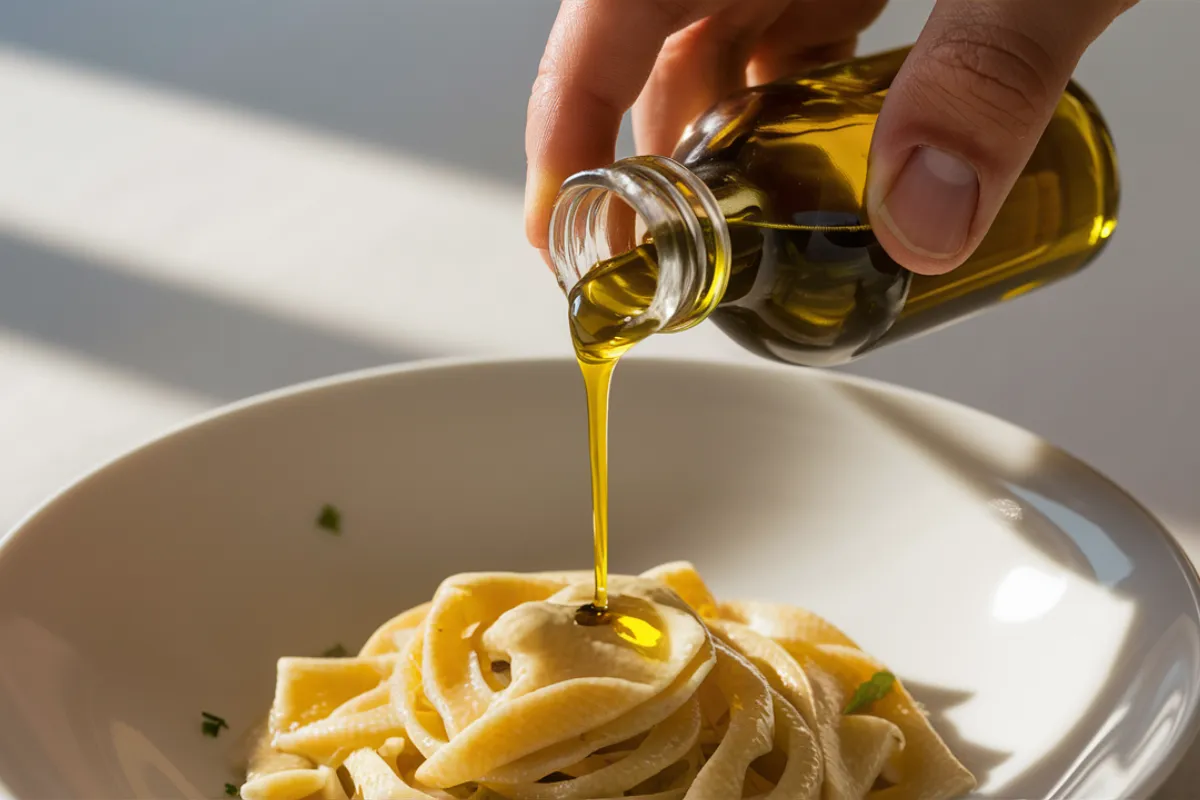Orecchiette, which translates to “little ears” in Italian, are one of the most beloved and unique pasta shapes to come out of Italy. This small, round pasta, with its signature concave shape, is perfect for catching sauces, vegetables, and other ingredients, making every bite a flavorful and texturally rich experience. But why are orecchiette the best pasta? In this comprehensive guide, we’ll delve deep into the qualities that make orecchiette so special, explore the techniques for making it at home, and examine how this pasta shape shines in various dishes. From its adaptability to its rich history, orecchiette has earned its place in the hearts (and stomachs) of pasta lovers everywhere.
What Makes Orecchiette So Special?
To answer the question, “Why are orecchiette the best pasta?” we must first explore what makes this pasta shape stand out among the many varieties.
Orecchiette originated in Puglia, a southern region of Italy known for its rustic and simple cuisine. The shape of orecchiette makes it an exceptional pasta for pairing with a wide variety of sauces, vegetables, and proteins. The concave design holds onto chunky sauces and ingredients, ensuring that each bite delivers a balanced combination of pasta and sauce. This quality is one of the many reasons orecchiette are considered the best by many pasta enthusiasts.
The texture of orecchiette is another factor in its appeal. When made fresh or from high-quality dried pasta, orecchiette have a pleasantly chewy consistency that contrasts nicely with softer ingredients like sautéed vegetables, beans, or ricotta. Their thickness also gives them a substantial bite, which is especially satisfying when paired with heartier sauces.
Orecchiette’s versatility also makes it the best pasta for countless dishes. Whether you prefer rich meat sauces, light olive oil-based sauces, or vegetable-forward recipes, orecchiette can seamlessly fit into almost any pasta dish. This adaptability has made it a staple in Italian cuisine and beloved worldwide.
The Unique Role of Orecchiette in Italian Cuisine
While pasta in general is synonymous with Italian cuisine, orecchiette holds a unique place, particularly in Puglian cooking. Orecchiette is traditionally served with “cime di rapa” (broccoli rabe) in Puglia, often paired with anchovies, garlic, and chili. This classic dish showcases how orecchiette perfectly balances bitter greens with the richness of olive oil and the saltiness of anchovies, with its shape holding onto each component effectively.
Unlike longer pasta shapes like spaghetti or linguine, which are more suited to smooth, light sauces, orecchiette thrives in dishes with chunky, rustic ingredients. It’s this ability to act as both a vehicle for sauce and a complementary texture that makes orecchiette so special and well-suited for many traditional Italian dishes.
How to Prepare Orecchiette
Now that we’ve explored why orecchiette is so special, let’s take a look at how to prepare it properly. While you can easily purchase pre-made orecchiette, making it from scratch provides a whole new level of satisfaction and flavor. Whether you choose to make your orecchiette by hand or simply cook up a store-bought version, following the right steps will ensure the best results.
Step 1: Cook the Orecchiette
Whether you’re using fresh or dried orecchiette, the cooking process requires a few simple steps:
1. Bring a Large Pot of Water to a Boil
Fill a large pot with water, ensuring that there’s enough water to cover the orecchiette completely. Generously salt the water—this is your only chance to season the pasta itself.
2. Add the Orecchiette
Once the water reaches a rolling boil, add the orecchiette and give it a quick stir to prevent sticking. Cooking times will vary depending on whether you’re using fresh or dried pasta. Fresh orecchiette typically cooks in about 8–10 minutes, while dried orecchiette can take around 12–15 minutes to reach an al dente texture.
3. Test for Doneness
Orecchiette should have a firm but tender bite. Check for doneness by tasting a piece of pasta. It should be cooked through but not mushy.
4. Drain the Pasta
Once the orecchiette is cooked to your liking, drain it in a colander. Be sure to reserve a cup of the pasta cooking water in case you need to loosen the sauce later.
Step 2: Pair Orecchiette with the Right Sauces and Ingredients
Orecchiette’s versatility is one of the reasons why orecchiette are considered the best pasta. This pasta can be paired with a variety of sauces, from heavy meat-based ragùs to light and simple olive oil sauces, showcasing why many believe orecchiette to be the ultimate pasta choice. Here are some classic and creative ways to pair this pasta:
- Orecchiette with Broccoli Rabe and Sausage:
This is perhaps the most famous orecchiette dish, featuring sautéed broccoli rabe, crumbled sausage, garlic, and a pinch of red pepper flakes. The bitterness of the greens, the richness of the sausage, and the slight chewiness of the orecchiette come together beautifully. - Orecchiette with Pesto:
Basil pesto is a classic sauce that works wonders with orecchiette. The pasta’s concave shape holds onto the pesto, ensuring a perfect distribution of flavor in every bite. - Orecchiette with Chickpeas and Spinach:
For a vegetarian option, orecchiette pairs perfectly with sautéed spinach, chickpeas, and a drizzle of olive oil. The combination is both filling and nutritious, while the pasta provides the right texture to balance the dish. - Orecchiette with Tomato and Basil:
A simple tomato and basil sauce makes for a light and fresh meal. The acidity of the tomatoes is balanced by the slight chewiness of the orecchiette, creating a dish that is both satisfying and refreshing.
Step 3: Add Finishing Touches
Once your orecchiette is paired with the perfect sauce or ingredients, a few finishing touches can elevate the dish to new heights:
1. Add Fresh Herbs

Whether it’s fresh basil, parsley, or thyme, herbs bring freshness and vibrancy to any orecchiette dish.
2. Grate Cheese

A generous sprinkle of Parmesan or Pecorino Romano cheese adds umami and richness to your orecchiette dish. For an extra layer of flavor, consider using ricotta salata or even crumbled goat cheese.
3. Drizzle Olive Oil

A drizzle of high-quality extra virgin olive oil can enhance the flavors of your dish, adding richness and depth. This is especially true for lighter dishes where olive oil plays a key role in the sauce.
Tips for Achieving the Best Results with Orecchiette
Making the perfect orecchiette dish requires a few extra tips and tricks to ensure that every bite is delicious and satisfying. Here are some pointers to keep in mind:
1. Don’t Overcook the Pasta
Orecchiette should be cooked al dente, meaning it should have a slight bite to it. Overcooked orecchiette can become too soft and lose its ability to hold onto sauces and ingredients effectively.
2. Use Fresh Ingredients
Orecchiette shines in simple, rustic dishes where fresh ingredients like vegetables, herbs, and cheese are allowed to take center stage. Opt for the freshest produce and highest-quality olive oil you can find.
3. Reserve Pasta Water
Always reserve a cup of the pasta cooking water before draining. This starchy water can be added back into the sauce to help it cling to the pasta and create a creamier texture.
4. Make Your Own Orecchiette
If you want to experience the ultimate satisfaction of orecchiette, try making it from scratch. It’s surprisingly simple to make at home with just flour and water, and the texture of homemade orecchiette is unrivaled.
Pairing Suggestions for Orecchiette
To fully appreciate why orecchiette is the best pasta, it’s important to consider the dishes and drinks that pair well with it. Here are some pairing suggestions to enhance your next orecchiette meal:
1. Wine Pairings
While this article avoids including wine in the recipe itself, orecchiette pairs wonderfully with crisp, mineral-driven white wines like a Vermentino or even sparkling water with lemon for a refreshing contrast to the richness of the dish.
2. Side Dishes
- Garlic Bread: A classic pairing for any pasta dish, garlic bread offers a crunchy, flavorful complement to orecchiette’s chewy texture.
- Roasted Vegetables: Roasted zucchini, bell peppers, or asparagus bring additional layers of flavor to your meal without overpowering the pasta.
3. Salad
A light, simple salad with arugula, shaved Parmesan, and a lemon vinaigrette is an excellent way to start your meal. The acidity of the vinaigrette balances the richness of orecchiette dishes that use cheese or heavier sauces.
Frequently Asked Questions (FAQs)
Q: Why are orecchiette the best pasta for chunky sauces?
A: Orecchiette’s concave shape allows it to catch and hold onto chunks of vegetables, beans, or meats in a way that other pasta shapes can’t. This means every bite is full of flavor.
Q: Can I use orecchiette in soup?
A: Yes! Orecchiette works well in heartier soups and stews, especially those with beans or vegetables. Its shape allows it to hold up well in broth without becoming soggy.
Q: Is fresh or dried orecchiette better?
A: Both fresh and dried orecchiette have their merits. Fresh orecchiette offers a chewier, more tender texture, while dried orecchiette is firmer and more convenient for everyday cooking. The choice depends on the dish and your personal preference.
Q: How do I store leftover orecchiette?
A: Leftover orecchiette can be stored in an airtight container in the refrigerator for up to three days. To reheat, add a splash of water or broth to loosen the pasta and warm it over low heat.
Q: Can I freeze orecchiette?
A: Yes, orecchiette can be frozen, especially if you’ve made it fresh. Simply freeze the uncooked pasta on a baking sheet, then transfer it to a freezer-safe bag. When you’re ready to cook, boil it straight from frozen.
Final Thoughts
In conclusion, when asking, “Why are orecchiette the best pasta?” it’s clear that this beloved shape has earned its title through its versatility, unique texture, and ability to complement a variety of ingredients. Whether you’re preparing a classic Italian dish or experimenting with new flavors, orecchiette proves time and again that it’s a pasta worth savoring.

